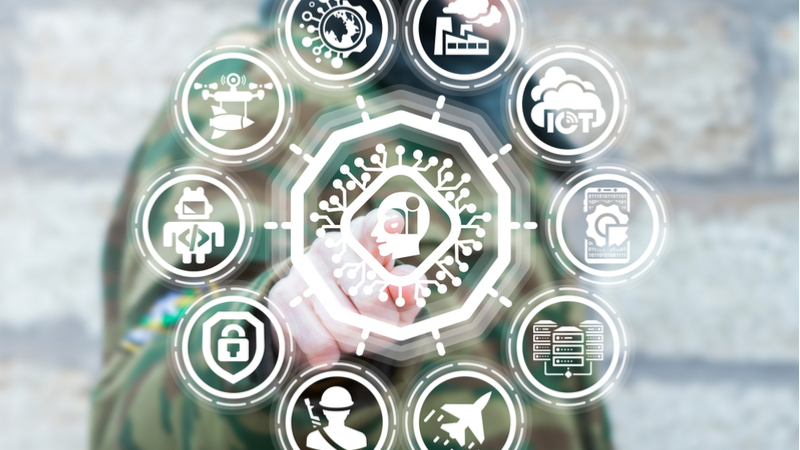
Several Defense Department (DoD) officials have called the transition from prototype to full-scale production within DoD’s acquisition process one of DoD’s biggest problems, including Stefanie Tompkins, director of the Defense Advanced Research Projects Agency (DARPA), calling it a “full-contact sport.”
However, Tompkins said that DARPA is working to foster an innovation ecosystem to help technology through the so-called “Valley of Death” – a term coined by Deputy Secretary of Defense Kathleen Hicks earlier this week.
“One of the things that you’ll find when you’re trying to do a startup around some technology that you’re sure is going to be exactly what everybody wants is there’s a big gap … often between the scientists that invented it and what people would be willing to pay for it,” Tompkins said on June 16 during the Defense One Tech Summit.
“We found that U.S. investors in those kinds of startups have had very high standards; they want to see an honest, viable, believable business case. And one of our concerns has been that some of our adversaries, who also are investing a lot of money and technology are more willing to put money in early,” she added.
Therefore, DARPA, through its Embedded Entrepreneurship Initiative (EEI), is working to help these companies build business cases, avoid messy complications down the road, and preserve the value of the agency’s investment in the technology.
“Things like bioconcrete have all kinds of really interesting commercial applications. But are those commercial applications going to be cost-effective and do we want them? You can just imagine how complicated it gets when you start to work the numbers and what the markets look like,” Tompkins said. “So, that’s where the elements of the EEI program are helping. And then they get those companies to a point where they say I have an actual, viable, marketable concept that I can then go and get investing in.”
The EEI focuses on the commercialization of technologies that DARPA has funded with an overall goal to accelerate transformational innovations in products. The EEI began with a pilot of 30 companies, all of which Tompkins said are currently doing well. Now the program is in the process of escalating to 150 companies across a variety of industries.
The focus, Tompkins added, is to extend innovation into the DoD ecosystem from DoD research labs to academic research institutions to the Defense Industrial Base.
It’s never clear exactly where the next breakthrough that will transform DoD will come from, Tompkins explained, and because of this reason “it’s important to saturate the field with research and development funding.”
